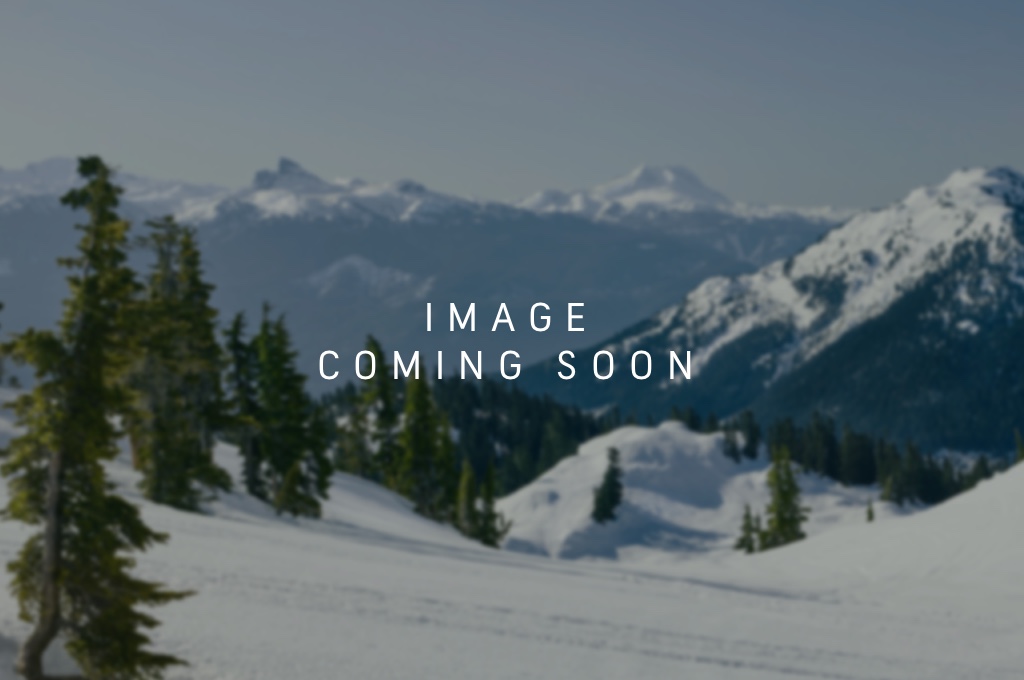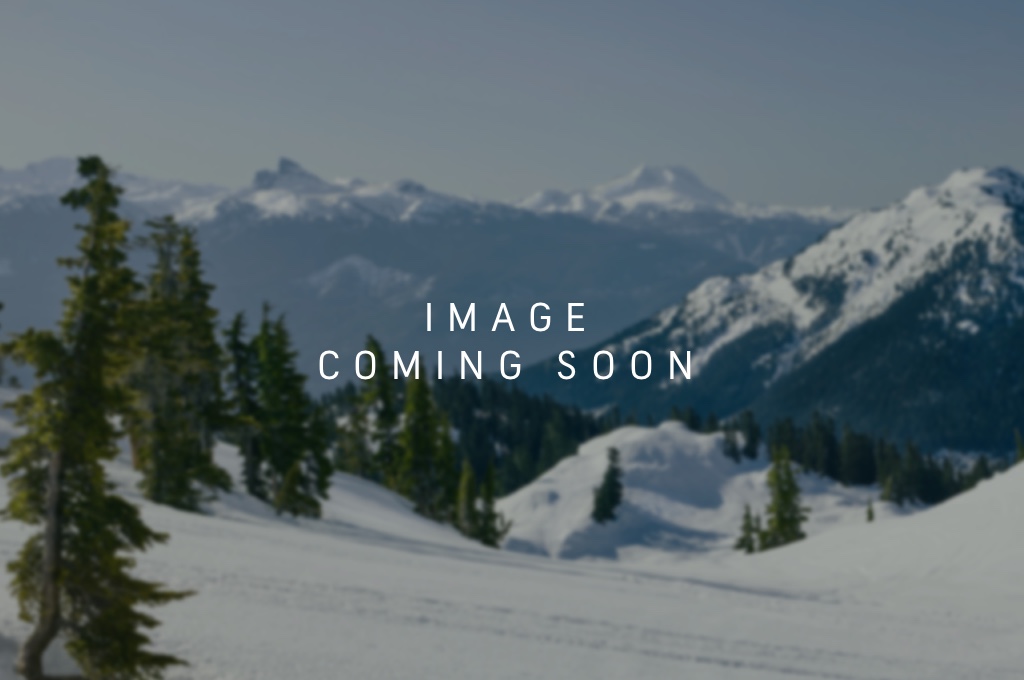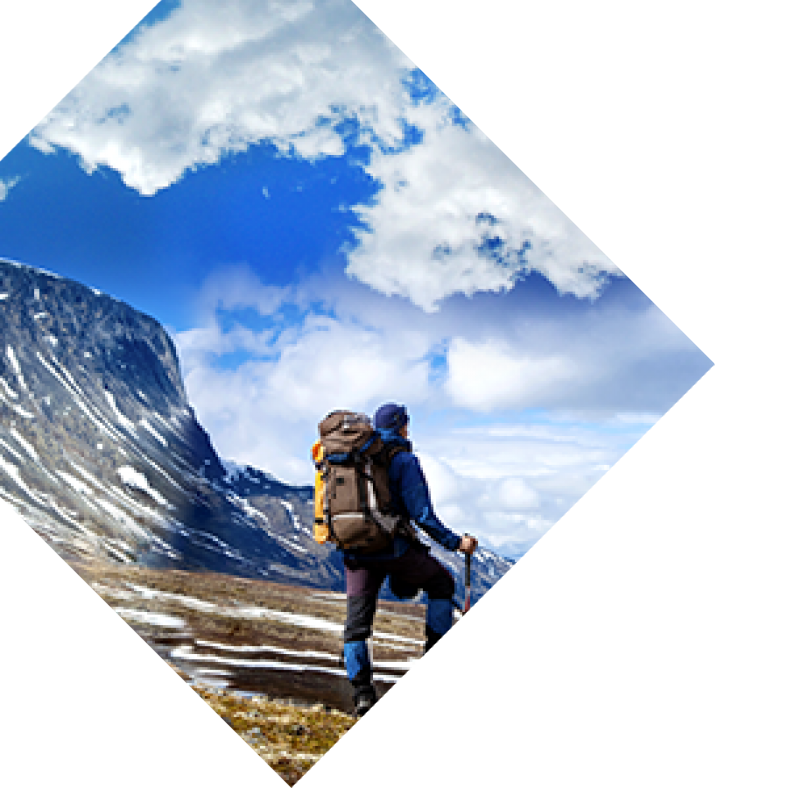Sometimes, a day hike just isn’t enough. If you’re itching to explore the wilderness, you might want to consider applying for a backcountry permit, which allows you to camp at specific areas inside of the park. As required by the 1964 Wilderness Act, the National Park Service limits the number of people that can use its trailheads. This helps to protect both the area and the wilderness experience from overcrowding and helps to protect that often desired feeling of solitude. While that’s great for the adventurer, it can make it difficult to snag a permit for popular destinations. Here are a few tips to help you obtain a backcountry permit at five of the most popular destinations in the United States. 
Grand Canyon National Park
About five million visitors travel to see this spectacular gorge every year. Weather permitting, the South Rim is open year-round and the North Rim is generally open from mid-May to mid-October. If you are interested in camping anywhere other than the designated campgrounds in the North Rim or South Rim at the Grand Canyon, you must obtain a permit from the Backcountry Information Center. All overnight camping below the rim requires a backcountry permit. While the request for backcountry permits isn’t quite as large as the number of visitors each year, it’s still a lot: approximately 30,000, and the park only issues 13,000 permits. Permit seekers can apply as early as the first of the month, four months before the anticipated start month (though the Backcountry Information Center will begin accepting these requests about 10 days before the first of the month). This is one task you don’t want to procrastinate. Apply early, because many of the popular campsites fill up the first week of the first month they are available. The National Park Service offers the chart below for a better guideline of when you can and should apply.  To apply for a permit, fill out the permit request form and fax, mail or bring it in-person to the Backcountry Information Center. Permit requests received during the Earliest Consideration Period are processed using a computer-generated random order, which can take the park rangers up to three weeks to do. After they are processed, rangers begin considering permits received on subsequent days in the order that they come in. The Backcountry Information Center will consider permit requests as late as two weeks before the hike start date. Reservation confirmations may be mailed or emailed to campers. If you’re more of a spur-of-the-moment adventurer, you can apply for a limited number of last-minute permits for Indian Garden, Bright Angel, and Cottonwood Campgrounds no more than one day before the hike start date for one or two consecutive nights. The Backcountry Information Center allows those interested in requesting a last-minute permit to obtain a wait list number to determine the priority of service the following day. The South Rim Backcountry Information Center is open year-round for walk-in visitors from 8 a.m. to noon and 1-5 p.m. MST. The North Rim Backcountry Information Center (located in the administrative building) is open daily for walk-in visitors from mid-May to mid-October from 8 a.m. to noon and 1-5 p.m. MST.
To apply for a permit, fill out the permit request form and fax, mail or bring it in-person to the Backcountry Information Center. Permit requests received during the Earliest Consideration Period are processed using a computer-generated random order, which can take the park rangers up to three weeks to do. After they are processed, rangers begin considering permits received on subsequent days in the order that they come in. The Backcountry Information Center will consider permit requests as late as two weeks before the hike start date. Reservation confirmations may be mailed or emailed to campers. If you’re more of a spur-of-the-moment adventurer, you can apply for a limited number of last-minute permits for Indian Garden, Bright Angel, and Cottonwood Campgrounds no more than one day before the hike start date for one or two consecutive nights. The Backcountry Information Center allows those interested in requesting a last-minute permit to obtain a wait list number to determine the priority of service the following day. The South Rim Backcountry Information Center is open year-round for walk-in visitors from 8 a.m. to noon and 1-5 p.m. MST. The North Rim Backcountry Information Center (located in the administrative building) is open daily for walk-in visitors from mid-May to mid-October from 8 a.m. to noon and 1-5 p.m. MST.
Permit cost
Permits are $10 each, plus $8 per person or stock animal per night camped below the rim and $8 per group per night camped above the rim.
Yellowstone National Park
Home to the largest supervolcano on the continent, Yellowstone was the first national park in the country. Visitors to the park will get the opportunity to view brightly colored hot springs, smelly mudpots, and erupting geysers. Permits for backcountry hiking and camping have to be obtained in person. While the park does take advanced reservations for backcountry campsites, a permit can’t be obtained more than 48 hours in advance of your intended trip. Advanced reservations for backcountry permits at Yellowstone National Park cost $25 and can be submitted by fax, mail or in-person from January 1 to October 31 of each calendar year. Starting April 1, requests received by March 31 will be processed in a random order. After those are addressed, requests received after March 31 will be processed and reserved in the order received. Keep in mind that while approximately 300 permits are given for backcountry campsites, only a portion of those are available for advance reservations. During the spring, fall, and winter seasons, ranger stations and visitor centers do not have set hours. Before heading out during one of these seasons, contact the Central Backcountry Office for information on where to obtain a Backcountry Use Permit.
Permit costs
For trips planned between Memorial Day and September 10, groups will be charged a per person, per night permit fee for any group member older than 9 years old. For backpackers and boaters, anticipate a $3 per-person, per-night charge, but with the per-night fee capped at $15. If you plan on taking several trips to the park’s majestic backcountry, you might consider purchasing the Annual Backcountry Pass which is available for $25. The pass can be used for one season–from Memorial Day to September 10–and will remove the need to pay a per-person, per-night fee.
Everglades National Park
Covering 1.5 million acres of South Florida, Everglades National Park protects the southern 20 percent of the original Everglades and is the largest tropical wilderness in the United States. The park’s peak season is from December to March, when temperatures are low and mosquitoes are the least active. Visitors to Everglades National Park can select between a variety of ground sites, beach sites and elevated camping platforms in the Ten Thousand Islands, south around Cape Sable, the interior waterways, and in Florida Bay. But access to these great sites will take more than just a quick hike and tent setup. None of the campgrounds are accessible by car and will require a canoe, kayak or motorboat. Adventurers seeking a permit for Everglades National Park will have to obtain on in-person either the day of or day before; no advanced reservations are accepted. During the winter season, mid-November through mid-April, campers can visit the Gulf Coast Visitor Center or Flamingo Visitor Center to receive a permit at a cost of $15 plus $2 per person, per day camping fee. During the summer season, mid-April through mid-November, backcountry permits are free! That’s likely because the weather is hot, muggy, and those blood-sucking mosquitoes are plentiful, either way, a permit is still required. Visitors during these months can obtain permits using self-registration instructions at either of the visitor centers. Although most permits are not issued over the phone, visitors coming in from the Florida Keys to camp at North Nest Key, Little Rabbit Key, Shark Point Chickee, Johnson Key Chickee and Cape Sable can reserve permits by phone the day before their trip.
Yosemite National Park
Yosemite National Park in California encompasses nearly 1,200 square miles of deep valleys, grand meadows, giant sequoias, and breathtaking waterfalls. Wilderness permits are free and required year-round for all overnight stays at Yosemite National Park. They are not required for day trips, with the exception of hikes to the top of Half Dome. Before you request a permit, check the availability of the trailheads you’re interested in. The Yosemite National Park Full Trailheads Report shows a list of dates that are fully booked for given trailheads throughout the season. To provide opportunities for solitude, wilderness permit availability is limited. To get the chance at your next Yosemite exploration, reservations are recommended, though only 60 percent of all daily trail permits are able to be reserved in advance. The remaining 40 percent is available on a first-come, first-served basis no earlier than 11 a.m. the day before your hike is set to begin. Permit seekers may reserve their spot up to 24 weeks prior to the intended hike start date when offices are open, mid-November through October. Submitting more than one application per request or group each day will exclude your request from the lottery and your request will be subjected to a non-refundable fee. Campers are able to submit additional applications for other dates as long as only one permit request is submitted per day. If you’re planning to thru-hike the John Muir Trail, you’re not alone. The permit demand for JMT has increased by 100 percent over the last few years. Because of the demand, more than 97 percent of all John Muir Trail thru-hike permit applications are denied. The National Park Service has more information on how it is working to handle the increase in demand.
Grand Teton National Park
Located in northwest Wyoming, Grand Teton National Park is named after the tallest mountain in the Teton Range. With more than 200 miles of trails in an alpine terrain, backpacking its backcountry is incredibly popular in the summer. If you’re planning to visit the park during the summer season, submit your advanced request on the first Wednesday in January through May 15. Any requests can be submitted online, which allows you to view campsite availability in real-time. Up to one-third of the available camping zones can be reserved in advance, while the remaining two-thirds of each zone will be saved for first-come, first-serve permits. Be aware that during July and August, competition for walk-in permits is high. There is a $25 fee for each walk-in backcountry permit.
Get out and explore
If the wilderness is calling your name, take care and request permits as early as possible for your best chance at getting a backcountry camping permit. If you aren’t able to reserve a permit in advance, don’t give up hope. You might still be able to obtain a permit the day before or the day of your hike.


